For chocolate manufacturers and bakeries in Palestine, maintaining cocoa quality is not just a matter of taste—it’s essential for operational efficiency, product consistency, and consumer satisfaction. The region’s unique climate, characterized by high summer temperatures and occasional humidity spikes, presents specific challenges in storing cocoa powder, cocoa mass, and cocoa butter.
Cocoa is hygroscopic and sensitive to heat, light, and oxygen. Improper handling can lead to flavor deterioration, fat bloom, clumping, and microbial growth, ultimately increasing production costs and reducing shelf life. Packaging and storage of cocoa under Palestinian climate requires strategic planning, specialized materials, and adherence to best practices.
At MT Royal, we supply Palestinian manufacturers with a wide range of cocoa products and premium blends, including brands like Latamarko, which provide exceptional stability and quality. In our experience working with local bakeries and chocolate producers, the right packaging combined with climate-conscious storage protocols significantly reduces waste and ensures consistently high-quality chocolate products.
Understanding Cocoa’s Sensitivity to Climate
Cocoa products—including cocoa powder, cocoa mass, and cocoa butter—respond to environmental factors in specific ways:
- Temperature Sensitivity: Cocoa butter begins to soften at around 30°C, making it prone to fat bloom under warm conditions. Cocoa powder stored in high temperatures may lose volatile aromatics.
- Humidity Sensitivity: Cocoa is hygroscopic; even slight increases in relative humidity can cause clumping, microbial contamination, and caking.
- Light Exposure: Prolonged exposure to sunlight or fluorescent lighting can degrade flavor compounds and darken the cocoa.
- Oxygen Contact: Oxidation can occur if packaging is compromised, reducing antioxidant levels and altering taste.
By understanding these vulnerabilities, production managers can implement targeted storage and packaging strategies that mitigate risk and maintain product integrity.
Types of Cocoa Packaging for Palestinian Conditions
Proper packaging is the first line of defense against climatic stressors. Cocoa manufacturers typically use the following materials:
- Multi-Layer Kraft Paper Bags with Polyethylene Liners
- Benefits: Moisture barrier, cost-effective, easy handling.
- Use Case: Dry cocoa powders for bakery and beverage production.
- Foil-Laminated Poly Bags
- Benefits: Excellent oxygen and light barrier, extends shelf life.
- Use Case: Premium cocoa powders and specialty blends, including those tailored for Palestinian taste.
- Plastic Drums or Bulk Containers
- Benefits: Durable, reusable, suitable for large-scale cocoa mass or cocoa butter.
- Use Case: Industrial chocolate production facilities requiring consistent supply and minimal handling losses.
- Vacuum-Sealed Pouches
- Benefits: Maximum protection against moisture and oxidation.
- Use Case: High-value cocoa butter or Latamarko premium blends, particularly for export or long-term storage.
Tip: In our experience supplying manufacturing facilities, combining high-barrier inner liners with robust outer packaging significantly improves shelf-life performance under high-temperature conditions common in Palestinian warehouses.
Storage Guidelines for Palestinian Climate
Proper storage is critical to maintaining cocoa quality and minimizing waste:
Temperature Control
- Ideal storage temperature: 18–22°C
- Avoid direct sunlight, heaters, or poorly insulated areas.
- Use air-conditioned warehouses for long-term storage of premium cocoa products.
Humidity Control
- Relative humidity: <60%
- Employ dehumidifiers in coastal or humid regions.
- Ensure pallets are raised from the floor to allow airflow and prevent condensation contact.
Inventory Rotation
- Follow FIFO (First In, First Out) to minimize aging effects.
- Record batch numbers and delivery dates to track product age.
Airflow and Ventilation
- Maintain adequate airflow to prevent moisture accumulation.
- Avoid stacking bags or drums in a manner that traps heat or prevents circulation.
Pest Control Measures
- Regularly inspect storage areas for insects and rodents.
- Use sealed containers for sensitive products, particularly cocoa mass and butter.
Example: Palestinian bakeries storing cocoa powder in a 35°C summer environment without dehumidifiers often face clumping and flavor loss within weeks. Using insulated storage with proper pallets and liners extends usability and reduces reprocessing costs.
Industrial Benefits of Proper Packaging and Storage
Optimized storage and packaging deliver tangible advantages for factories:
- Consistent Flavor and Color
Maintains the signature taste profile for chocolate and bakery products. - Reduced Waste and Reprocessing
Minimizes clumping, mold growth, and fat bloom, reducing downtime. - Operational Efficiency
Eases handling and prevents machinery blockages from moisture-affected powders. - Premium Product Quality
Protects high-value cocoa products such as Latamarko blends, enhancing brand reputation. - Cost Savings
Fewer rejected batches and extended shelf life reduce procurement frequency and cost.
Common Mistakes in Cocoa Handling
Despite awareness, some factories still make errors that compromise cocoa quality:
- Storing cocoa in hot or unventilated areas
- Mixing new batches with older stock without checking moisture content
- Using non-barrier bags or damaged packaging
- Neglecting humidity monitoring during seasonal shifts
By partnering with experienced suppliers like MT Royal, manufacturers receive guidance on optimal packaging and storage, preventing these costly mistakes.
Packaging and Storage Solutions for Different Cocoa Types
Cocoa Powder
- Store in sealed, moisture-resistant bags.
- Keep away from strong odors as powders can absorb scents.
- Consider using foil-laminated inner liners for premium applications.
Cocoa Mass (Liquor)
- Bulk storage in airtight drums or tanks.
- Temperature monitoring is critical to prevent fat separation.
- Use vacuum-sealed pouches for small premium batches.
Cocoa Butter
- Highly temperature-sensitive; store in 18–22°C, low-humidity environment.
- Avoid repeated temperature fluctuations to prevent fat bloom.
- Latamarko cocoa butter offers enhanced stability, especially in warmer climates.
Step-by-Step Guide for Palestinian Factories
- Inspect Incoming Shipments
Verify packaging integrity and check moisture content. - Assign Storage Zones
Segregate powders, mass, and butter in temperature-controlled areas. - Label and Track Inventory
Record batch numbers, production dates, and storage locations. - Implement Regular Quality Checks
Monitor color, flowability, and aroma every 2–4 weeks. - Rotate Stock and Plan Usage
Use FIFO principle and schedule production around batch age. - Invest in Premium Solutions Where Needed
For high-value or export-oriented products, consider vacuum-sealed or Latamarko-grade packaging.
FAQs: Cocoa Storage for Palestinian Conditions
Q1: Can standard cocoa packaging withstand Palestinian summer heat?
Partially, but multi-layer or foil-laminated packaging provides far superior protection.
Q2: How long can cocoa powder be stored safely in local conditions?
With proper storage, 12–18 months is feasible; improperly stored powders may degrade in 3–6 months.
Q3: Is refrigeration necessary for cocoa butter?
Not strictly, but climate-controlled warehouses significantly reduce fat bloom risks.
Q4: How do premium brands like Latamarko perform under heat?
They feature superior thermal stability and moisture resistance, making them ideal for Palestinian climates.
Q5: What role does MT Royal play?
We supply comprehensive cocoa solutions, including technical guidance on packaging and storage to ensure local factories maintain consistent quality.
Emerging Trends in Cocoa Storage and Packaging
- Active Packaging: Incorporating desiccants or oxygen absorbers to extend shelf life.
- Sustainable Materials: Eco-friendly, multi-layer bags reduce environmental impact without sacrificing protection.
- Smart Warehousing: Temperature and humidity sensors integrated into storage units for real-time monitoring.
- Premium Blends: Use of Latamarko cocoa powders and butter in controlled storage conditions ensures flavor consistency.
Conclusion: Strategic Packaging for Quality Assurance
Cocoa’s sensitivity to temperature, humidity, and handling requires more than basic storage—it demands a strategic approach tailored to Palestinian conditions. Proper packaging, climate-conscious storage, and adherence to best practices directly influence product quality, factory efficiency, and customer satisfaction.
By investing in robust storage solutions, leveraging premium products like Latamarko, and sourcing through trusted suppliers such as MT Royal, chocolate manufacturers and bakeries can consistently deliver high-quality products while minimizing waste and operational disruptions.
After all, in the heart of every Palestinian chocolate bar and bakery creation lies cocoa that has been stored and handled with precision—a simple step that defines excellence on the production line.
latamarko alkalized cocoa powder lm60
cocoa powder for chocolate production-Best price
Food industry raw materials – list of products
Types of Gelatin from Turkish Manufacturer
Alkalized Cocoa Powder Bulk Supplier


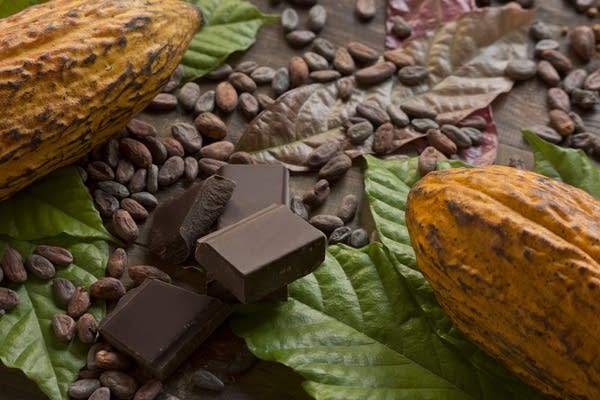
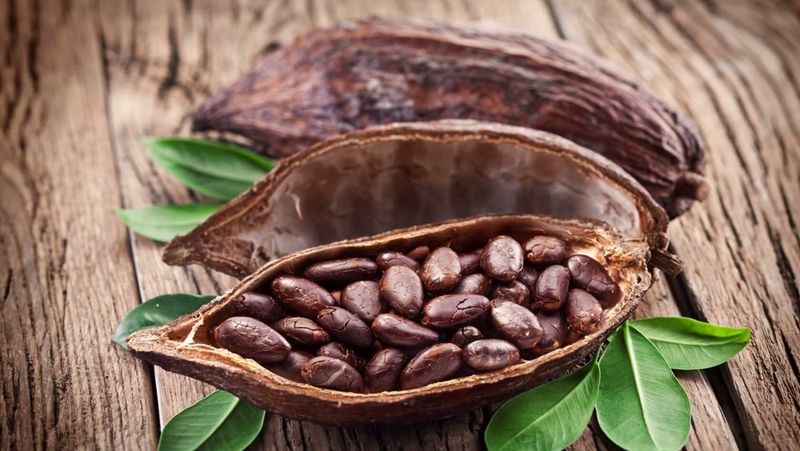
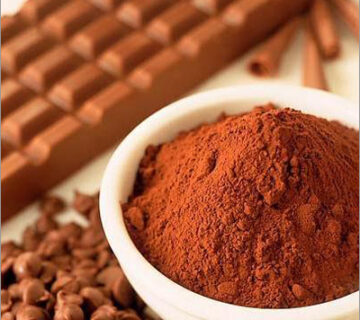
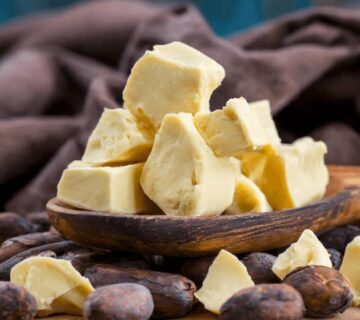
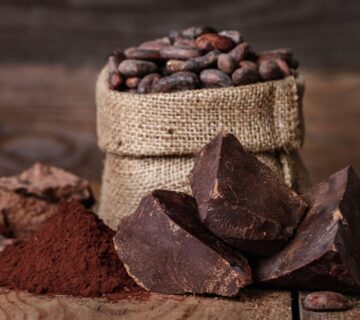
No comment